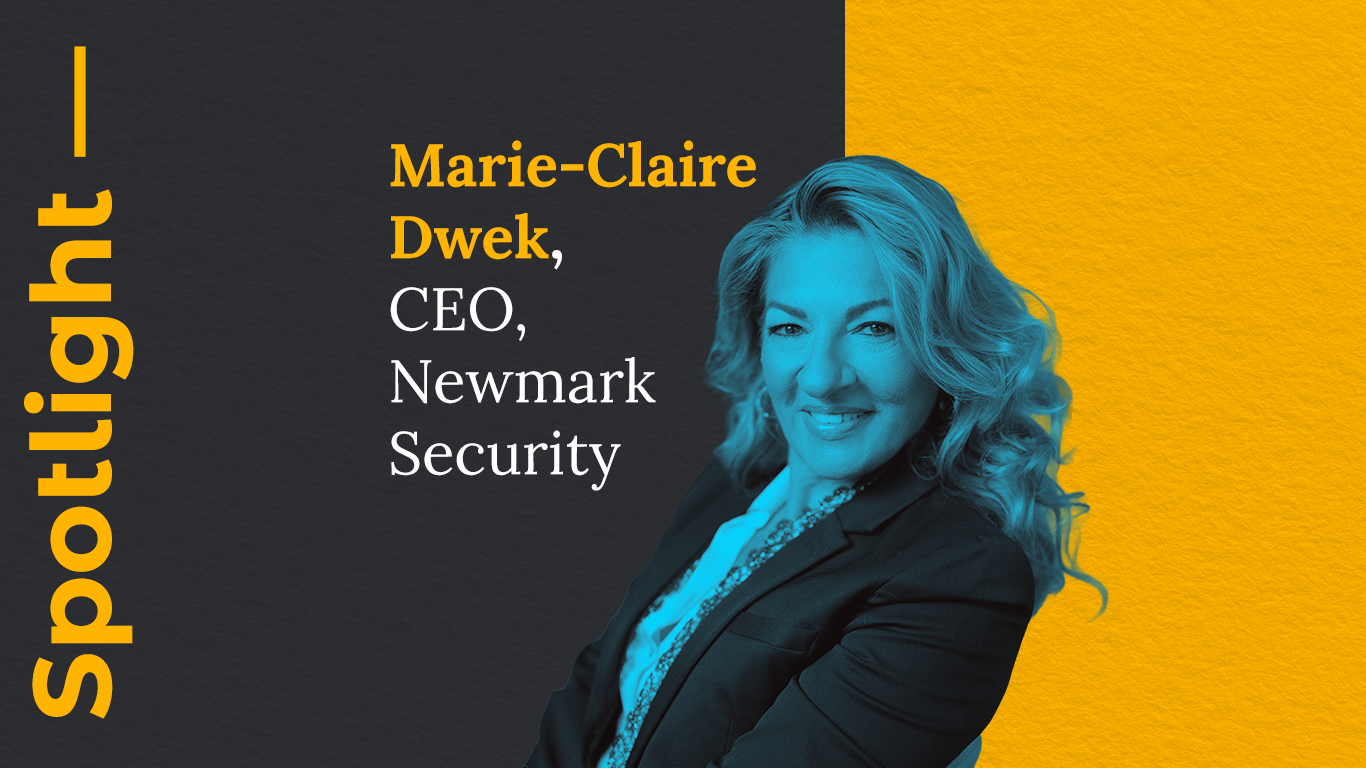Oracle expects cloud sales to reach $166bn by 2030. The target, shared at an analyst meeting this week, marks the company’s most ambitious projection to date as it accelerates investment in artificial intelligence and data infrastructure.
Oracle Co-CEO Clay Magouyrk said the company’s cloud infrastructure division, Oracle Cloud Infrastructure (OCI), is on course to deliver the bulk of group growth through the decade. The target equates to roughly three-quarters of total projected revenue, with the company also forecasting $225bn in overall revenue and adjusted earnings per share of $21 by fiscal 2030.
Shares in Oracle rose more than 5 percent following the announcement, as investors responded positively to the scale of the forecast and the accompanying profitability guidance. Oracle expects adjusted gross margins of 30 to 40 percent for its AI cloud services — a level analysts said could reassure the market about the economics of high-density AI infrastructure.
In a 30-day period preceding the presentation, Oracle reported $65bn in new cloud commitments. These bookings exclude its ongoing collaboration with OpenAI, which involves a multibillion-dollar data centre programme, and include a new $20bn contract with Meta. The company also noted that demand was being driven by multiple hyperscale clients rather than one dominant partner, broadening its cloud portfolio beyond early AI-related projects.
Oracle’s strategy centres on a vertically integrated cloud model that combines infrastructure, database technology, and enterprise applications under a single platform. The company recently confirmed plans to incorporate AMD’s forthcoming MI450 AI chips into its data centres, reinforcing its aim to compete more directly with Amazon Web Services, Microsoft Azure, and Google Cloud.
Analysts at the event said the guidance represented a step change in Oracle’s positioning. While the company remains smaller than the leading cloud providers, the projected revenue run-rate would narrow the gap considerably if achieved. Still, execution risk remains high given the capital intensity of AI data-centre construction and the complexity of maintaining margins across such rapid expansion.
The forecasts extend to fiscal 2030, giving Oracle nearly five years to scale its infrastructure and deliver on booked demand. Its next quarterly results, due in December, are expected to give investors an early indication of progress toward those long-term goals.




